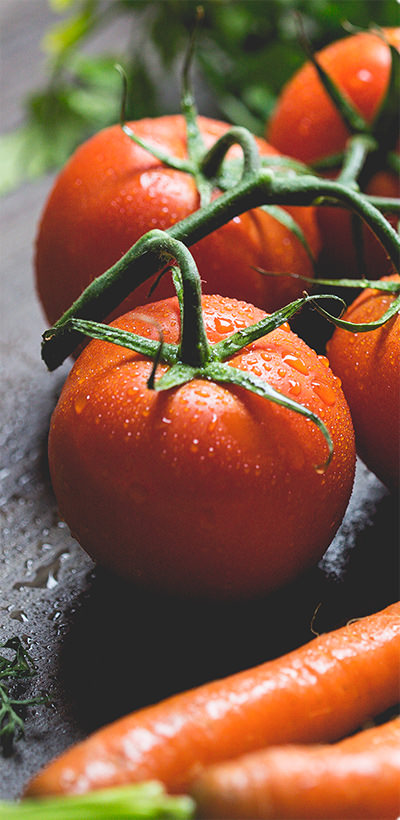Guelph Eclipse Asparagus
Asparagus officinalis. One of the highest yielding hybrids! This early season, male-dominant hybrid variety is well-suited for cool climates. The spears are thicker than standard varieties and stand up well in poor weather conditions. Suitable for both fresh and main markets. Asparagus grown from seed takes approx. 4 years to mature. Approx. 15 seeds/pkg.
Scroll down for more details and growing information.

Details
Growing Information
Planting:
Sow indoors 8 weeks before last frost, 1⁄4 inches deep at 25 degrees C. Germination will occur in 10-14 days. Sow outdoors, 3 weeks before last frost, 1⁄4-1⁄2 inches deep and 1 inch apart. Thin or space plants to 12-18 inches apart in trenches 8-12 inches deep. As the seedlings grow, fill the trench back in.
Growing:
Choose a sunny location with a fertile, deep, well-drained soil. Soil pH should be between 6.5-6.7. Asparagus is a heavy feeder and needs regular fertilizing with well-rotted manure, compost or a well-balanced synthetic fertilizer worked into the surface of the soil. Asparagus needs to send energy to the roots during the first couple of years, so don't harvest any spears until the third year. Mulch heavily each year around the spears after they come up to prevent weeds and hold in moisture. Let the tops (ferns) grow and do not prune in the fall. Each spring, cut the old ferns that have died over the winter, pull off the mulch and add more fertilizer or compost. Mulch again when plants have emerged.
Harvesting:
Plants from seeds will take 4 years before you can harvest spring spears. In early spring, cut or snap spears when they are 6-8 inches high, before the heads separate.
Check your plant every other day for harvest-ready spears. Spears grow quickly and may become too woody before you know it! Once an asparagus spear starts to open and have foliage, it’s too tough for eating. Harvest spears at 6 to 8 inches tall and at least ½ inch thick, cutting the spears off with a knife or scissors at the soil line. Stop harvesting spears when the diameter of the spears decreases to the size of a pencil. After harvest, allow the ferns to grow; this replenishes the nutrients for next year’s spear production. Always leave one or two spears.
Cut back asparagus after the foliage has died back and turned brown or yellow. This is usually in the fall after frost. Cut back to the ground.
Pests & Diseases:
Rust is a common disease in Asparagus. Use a sulfur spray at the first sign of infection. Growing strong healthy plants or resistant cultivars helps prevent the onset of this disease.
Companions:
Basil, calendula, parsley, tomato.



